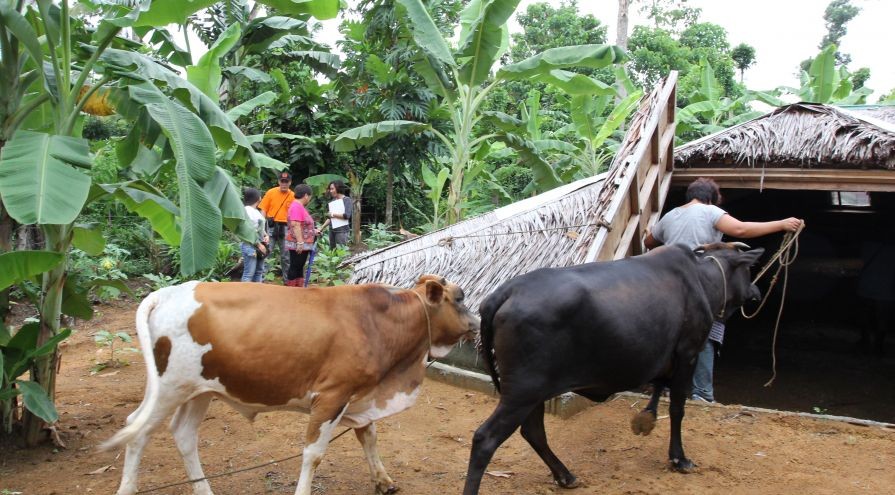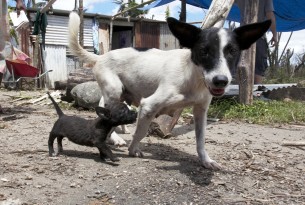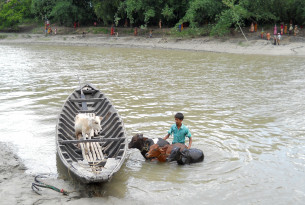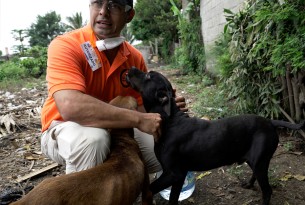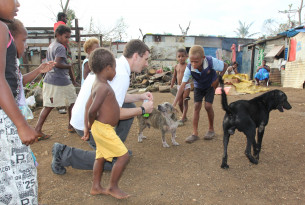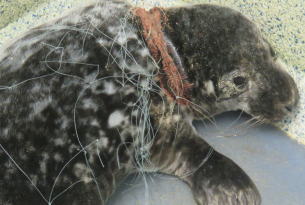Following two years of our lobbying the UN, animals will no longer be an afterthought in disaster risk reduction plans. This week, the UN announced the official wording for the Sendai Framework for Disaster Risk Reduction - the 15 year plan that will replace the 10 year Hyogo Framework for Action.
For the first time, animal protection is included in the global framework and will become central to nations' plans around the world to reduce their risk in disaster scenarios.
Over one billion of the world’s poorest people rely on animals for food, transport and their livelihoods. For such vulnerable communities, addressing animal protection in the UN framework will help government and communities include animals in disaster planning and preparation, reducing suffering and saving livelihoods.
James Sawyer, Director of Disaster Management at World Animal Protection says:
“Losing animals in disasters can be a major loss for communities and families, with as much as 80% of people’s cash income in poor areas derived from their livestock.
“Now that animals have been included in the framework, it should be recognized by governments that while saving people’s lives is the first priority in case of a disaster, protecting their livelihood is a close second – the suffering these people face will be shortened if we save their animals.”
To reduce the risks of disaster, World Animal Protection works with governments to create solutions to protect animals. This work takes place all over the world - from Bolivia and Mexico, to the Philippines and Vanuatu, where our response team is currently working tirelessly to protect animals impacted by Tropical Cyclone Pam.
Learn more about our work reducing the risk that disasters pose and responding to disasters to protect animals when they strike.
Explore 50 years of disaster response with our interactive map and timeline.
